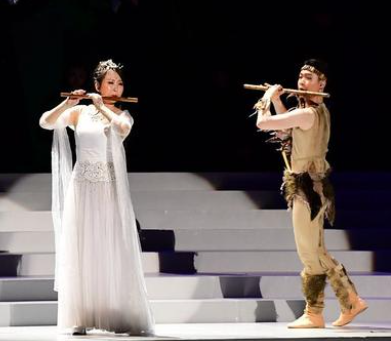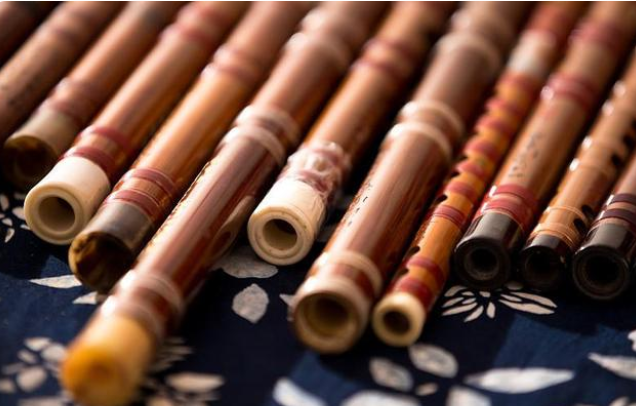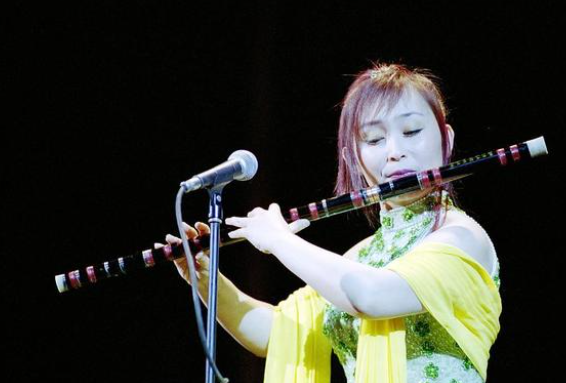What is the difference between big flute and small flute?
Professionals say that flutes generally start with the north and south factions, and Northern Rougang. It means that the flute is divided from the region, which is a flute in the southern series, and the flute of the northern series.
Their sounds are different, representing different music styles. From the perspective of interviews, the flute has the distinction between big flutes and small flutes. This size also refers to the distinction between the two north and south factions. It can be classified from the shape of the shape. Usually the big flute is called the flute, and the flute is short. The flute with a small pores is collectively referred to as the flute, and the small flute actually refers to the flute.

Due to the large shape of the flute, it can be seen through the appearance of the flute body. If you try to blow the flute, you can find that its sound quality is softer and suitable for the performance of lyric songs. The sound quality of the big flute is euphemistic and melodious, and it is particularly charm to blow. As if seeing the expression of a weak southern woman, swaying! Dago is actually a flute that southerners like. According to their personality preferences, it has the characteristics of southerners. If the flute you see is relatively thick and the pores are larger, these flutes are generally southern pieces. Flutes are generally used for five tones, and the southern school has a large D large C large E.

The shape of the flute is relatively small. Its appearance is small and exquisite, and the length of the pores is small. You can also see it at a glance through the flute body. If you do n’t distinguish it clearly, you can use two flutes to be shorter and thick, and the short and short are usually small flutes. Little flute is also known as the northern faction Xiaoxian, and its tone is high and lively. Suitable for rough and bold music styles, generally more flutes are used in grassland songs. The flute gives people feel that it is powerful and explosive. It will not feel fragile like Qu Di. Little flute is commonly used in small G small f small A. People with small hands using small G are better to get started.
In addition to the different sizes and small flutes, their tone and sound quality will be different according to the tone. If you are a professional, you usually choose the suitable flute to practice all kinds of basic skills. For example, the main purpose of the flute to choose the C or D flute is to practice the breath. The breath is necessary to practice with a flute. C tone is relatively low, D tone is clear. This can be seen from personal preferences. The big E -tuning flute is most suitable for practicing the long sound, and its sound is the charm of the south of the river.

And the small flute chooses G or A is more suitable for practicing mouth. The two flutes are high and high, and they are classic representative flutes of the northern flute. The northern faction can also blow out a thick tone. At this time, if you want to exercise the atmosphere of the northern style song, you can consider choosing the flute of the big F to practice the long sound. The flute of F tune can blow out a melodious grassland lyric song. The length and thickness of the flute is that each flute has its own characteristics. The five tones of the six -hole flute are 56123. If it is a fixed flute, there will be 12 tones. The previous article has been said, and there are no examples here.
If the length of the flute is divided into size, the size of the flute also has a specific proportion. For example, the length of the flute is generally 69 up and down, D tunes are all 65㎝, E tunes are up and down 57㎝, F flute 55㎝ up and down, G tune flute 49㎝ up and down, A tunes are the shortest, only 43, only 43, only 43, only 43 ㎝ around.
 渝公网安备 50010702504639号
渝公网安备 50010702504639号